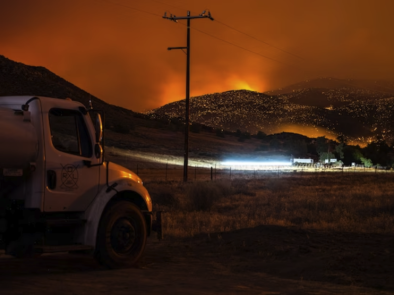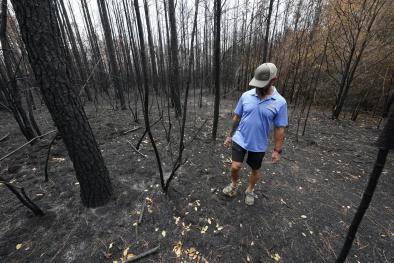Elevation-dependent intensification of fire danger in the western United States
Study key findings & significance
- The authors assess elevation-dependent trends in fire danger indices between 1979 and 2020.
- Fire danger increased across the mountainous western US over 1979-2020, with the most acute change seen at high elevations.
- The greatest increase in the number of days conducive to large fires occurred at 8,200 - 9,800 feet (2,500-3,000 meters), adding 63 critical fire danger days between 1979 and 2020.
- 22 of these new critical fire days occur outside of the May-September warm season.
Abstract
Studies have identified elevation-dependent warming trends, but investigations of such trends in fire danger are absent in the literature. Here, we demonstrate that while there have been widespread increases in fire danger across the mountainous western US from 1979 to 2020, trends were most acute at high-elevation regions above 3000 m. The greatest increase in the number of days conducive to large fires occurred at 2500–3000 m, adding 63 critical fire danger days between 1979 and 2020. This includes 22 critical fire danger days occurring outside the warm season (May–September). Furthermore, our findings indicate increased elevational synchronization of fire danger in western US mountains, which can facilitate increased geographic opportunities for ignitions and fire spread that further complicate fire management operations. We hypothesize that several physical mechanisms underpinned the observed trends, including elevationally disparate impacts of earlier snowmelt, intensified land-atmosphere feedbacks, irrigation, and aerosols, in addition to widespread warming/drying.
Related Content






